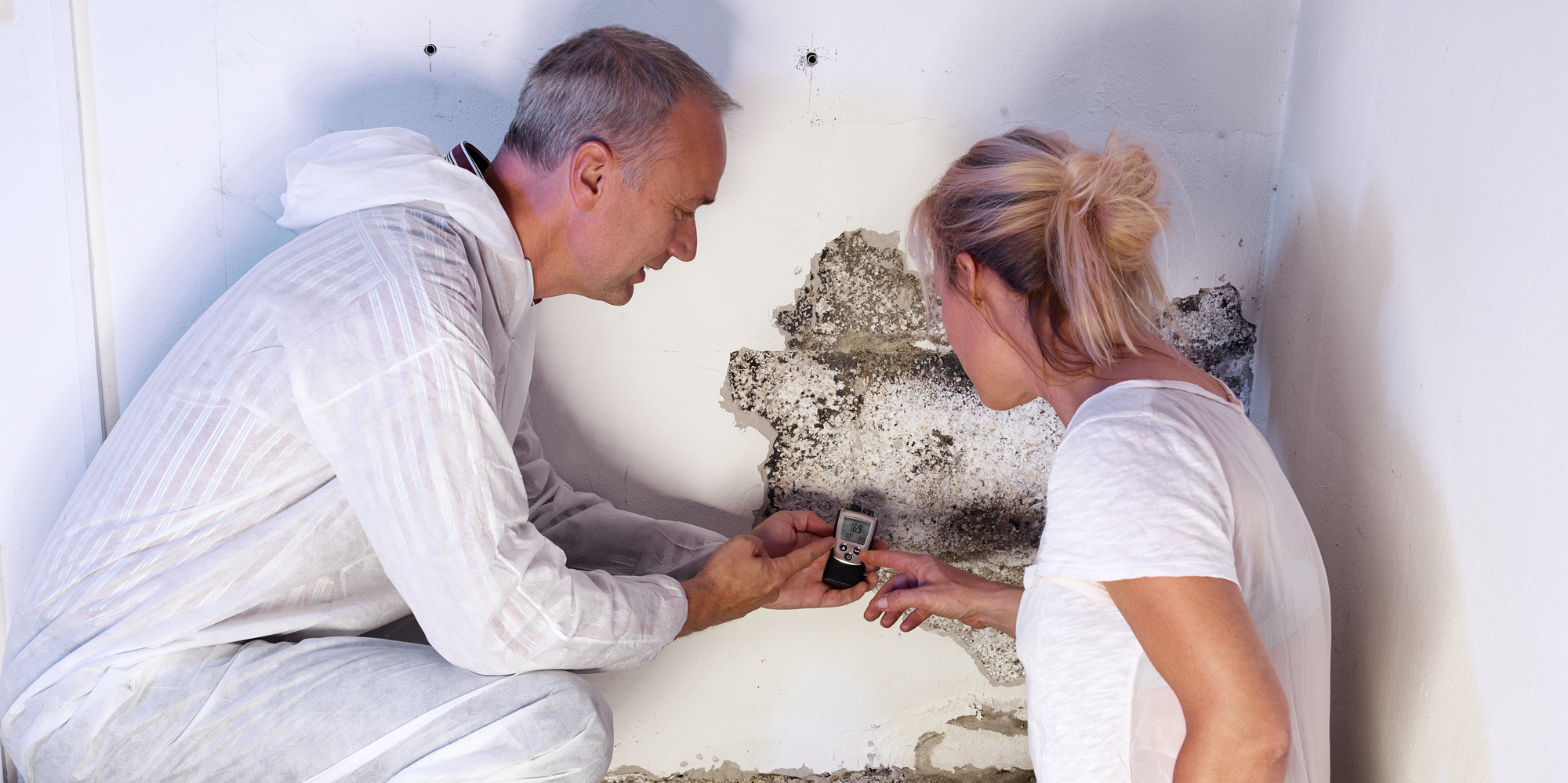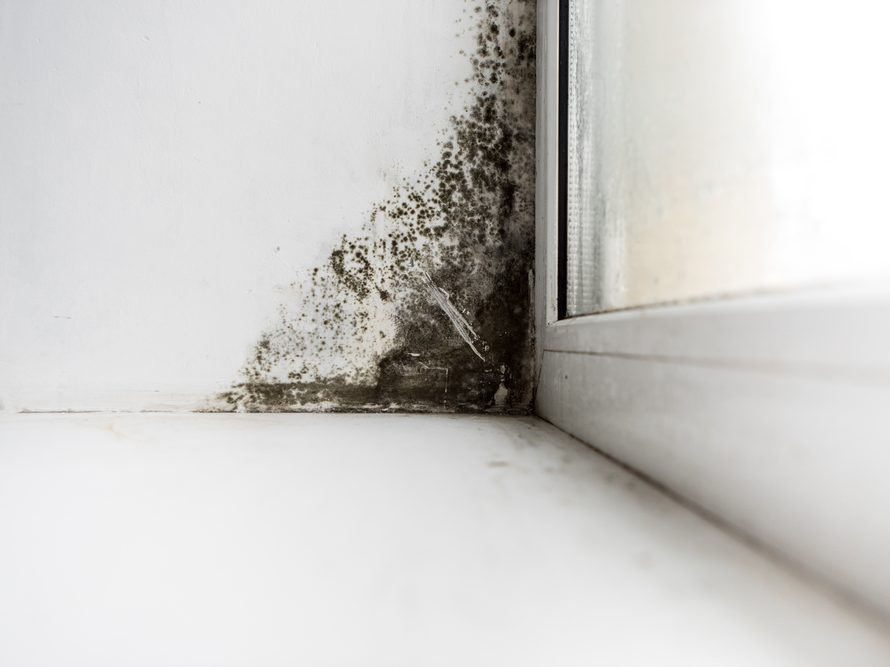Assistance on What to Do After Mold Remediation
Assistance on What to Do After Mold Remediation
Blog Article
Your Ultimate Guide to Blog Post Mold And Mildew Remediation Techniques
In the aftermath of mold and mildew invasion, understanding just how to efficiently eliminate the mold and prevent its reoccurrence is critical for maintaining a healthy and balanced interior atmosphere. From selecting the appropriate cleansing and sanitizing methods to applying strategies for long-term mold and mildew avoidance, each action in the remediation trip plays a vital function in guaranteeing a successful end result.
Comprehending Post-Mold Remediation Process
After finishing the mold and mildew remediation process, it is critical to understand the post-mold removal methods that are required to ensure a reliable and comprehensive cleaning. Once the mold and mildew has been removed, the next action involves cleansing and disinfecting the influenced areas to stop any type of regrowth of mold.
Additionally, carrying out a last assessment post-remediation is crucial to guarantee that all mold has been effectively eliminated. If the inspection reveals any kind of sticking around mold, additional removal may be necessary.
Effective Cleaning Up and Decontaminating Methods

Stopping Future Mold Growth

Importance of Proper Ventilation
Correct air flow plays a vital function in protecting against moisture accumulation, a vital variable in mold and mildew growth within interior environments. Effective ventilation systems help remove excess moisture from the air, go to my site minimizing the chances of mold spores locating the moisture they require to spread out and sprout. Without adequate ventilation, interior spaces can end up being a breeding place for mold, leading to potential health dangers and structural damage.
By guaranteeing appropriate air blood circulation, ventilation systems can additionally aid in drying out wet locations quicker after water damages or flooding events, even more hindering mold and mildew growth. testing air quality after mold remediation. In spaces like restrooms, cooking areas, attics, and cellars where wetness levels often tend to be higher, setting up and maintaining effective ventilation systems is vital in protecting against mold and mildew problems

Tracking and Upkeep Tips
Given the vital role that appropriate air flow plays in preventing mold growth, it is necessary to establish reliable surveillance and upkeep tips to guarantee the continued functionality of air flow systems. Regular assessments of air flow systems need to be conducted to check for any indications of clogs, leaks, or malfunctions that might impede appropriate airflow. Tracking humidity levels within the building is additionally important, as high humidity can add to mold and mildew development. Mounting a hygrometer can help track moisture degrees and sharp property owners to any type of spikes that might need interest. Additionally, ensuring that air filters are consistently cleansed or replaced is necessary for keeping the performance of the ventilation system. Carrying out a schedule for regular upkeep tasks, such as air duct cleaning and heating and cooling system evaluations, can assist avoid concerns prior to they escalate. By remaining positive and attentive to the condition of ventilation systems, homeowner can efficiently reduce the danger of mold regrowth and maintain a healthy indoor setting.
Verdict
Finally, post-mold remediation strategies are important for ensuring a safe and tidy reference environment. Understanding the process, implementing reliable cleansing and decontaminating techniques, protecting against future mold and mildew development, keeping appropriate ventilation, and normal surveillance are all essential action in the removal procedure. By following these standards, you can successfully get rid of mold and mildew and prevent its return, working or promoting a healthy living space for all residents.
In the results of mold and mildew infestation, understanding just how to properly eradicate the mold and prevent its reoccurrence is extremely important for preserving a healthy and balanced indoor environment. As soon as the mold has actually been removed, the following action includes cleaning and decontaminating the affected areas to stop any kind of regrowth of mold - Post Remediation verification. After getting rid of visible mold growth, it is vital to clean all surfaces in the damaged area to eliminate any staying mold spores. To additionally boost mold avoidance measures, it is essential to resolve underlying problems that initially led to mold and mildew development.Given the critical role that appropriate ventilation plays in protecting against mold and mildew development, it is imperative to establish efficient tracking and upkeep suggestions to make certain the ongoing capability of air flow systems
Report this page